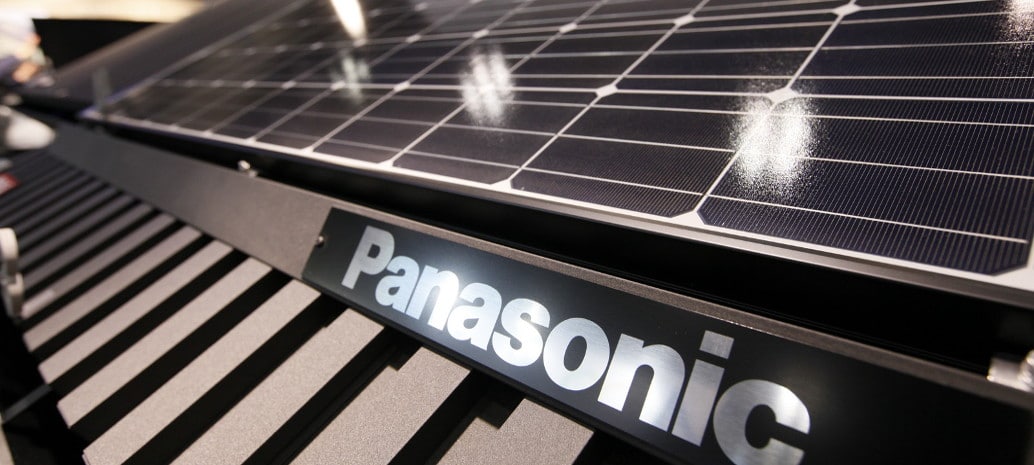Panasonic will supply PV modules to Tesla from its factory in Malaysia, as well as restarting an idled factory in Japan, according to an exclusive in the Nikkei Asian Review.
The deal will allow Panasonic to sell its heterojunction intrinsic thin film (HIT) modules to SolarCity customers in the United States, representing a major inroad to one of the largest residential solar markets in the world. In the most recent quarter the United States installed around 500 MW of solar PV on homes and apartment buildings, and SolarCity holds around a 1/3 share of this market.
This deal comes at a good time for Panasonic, and will allow the company to resume operations at its factory in Kaizuka, Japan some time in 2017. In recent financial results Panasonic reported declines in the sales of its heterojunction intrinsic thin film (HIT) PV modules, which it has blamed on market contraction in Japan.
Bloomberg New Energy Finance notes that heterojunction technologies such as HIT are well-suited to the space-constrained residential market, as their higher output can offset higher costs. However, BNEF Senior Research Associate Xiaoting Wang says that the recent collapse in PV module prices calls this logic into question.
“Investors’ calculation analyses are not holding anymore,” Wang told pv magazine. “That is the main challenge HIT is facing.”
The new deal also represents a further collaboration between Tesla and Panasonic, which have been working together since well before Tesla’s acquisition of SolarCity. Tesla and Panasonic were already collaborating on Tesla’s battery gigafactory in Reno, Nevada, before Tesla announced that Panasonic would operate SolarCity’s new gigafactory in Buffalo.
This content is protected by copyright and may not be reused. If you want to cooperate with us and would like to reuse some of our content, please contact: editors@pv-magazine.com.









So, What will be built in Buffalo? If Solar City is getting cells and modules from Panasonic Japan, what happens to the IP of that company that SolarCity bought? What cells will go into the ‘Tesla solar roof’? More questions than answers here for me.
We are all going on limited information here, but I think one thing can be deduced: the Buffalo Gigafactory will make Panasonic’s HIT, not Silevo Triex, and these will likely be used in the Tesla Solar Roof as well. The statement by Elon Musk that it would be a combination of the two technologies makes little sense given that these have different device architectures.